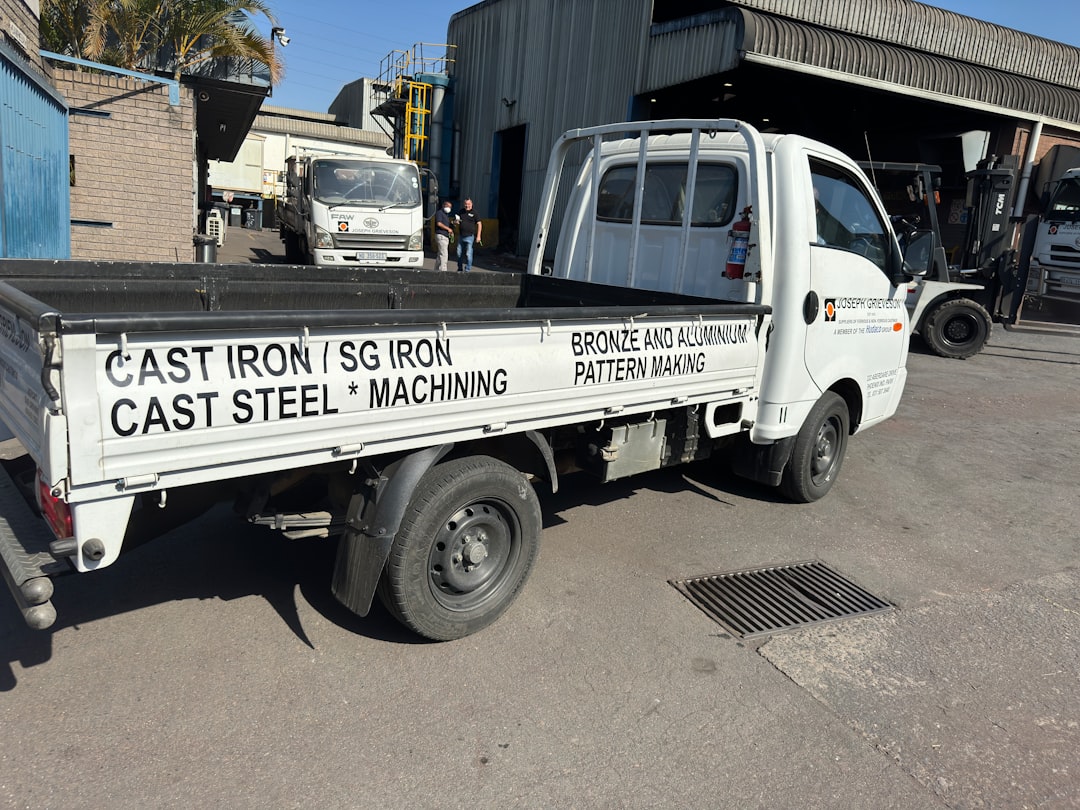In the competitive landscape of B2B steel sales, a one-size-fits-all approach is a recipe for disaster. To achieve sustainable growth and maximize profitability, you need a laser-focused strategy. That strategy begins with effective customer segmentation. This post will explore the crucial aspects of segmenting your B2B steel customers, empowering you to tailor your marketing and sales efforts for optimal results.
1. Identifying Key Customer Characteristics in the Steel Industry
Before you can segment your customers, you need to understand the key characteristics that define them. In the B2B steel sector, these characteristics can be surprisingly diverse. Consider factors like:
- Industry Vertical: Are your customers in construction, automotive, manufacturing, energy, or another sector? Each industry has unique steel requirements and purchasing behaviors.
- Company Size and Revenue: Small businesses will have different needs and purchasing power than large corporations. Segmenting based on size allows for targeted pricing and communication strategies.
- Steel Grade and Volume Purchased: Do your customers primarily purchase high-strength steel, stainless steel, or other grades? The volume they purchase significantly impacts their needs and your relationship management.
- Geographic Location: Proximity impacts logistics and delivery costs. Segmenting geographically can optimize your supply chain and delivery schedules.
- Purchasing Process and Decision-Making: Understanding the complexity of the purchasing process (number of stakeholders involved, decision-making timelines) is crucial for tailoring your sales approach.
- Technological Adoption: Some customers may be early adopters of new technologies, while others are more traditional. This influences your communication methods and product offerings.
2. Developing Effective Segmentation Strategies for B2B Steel
Once you’ve identified key characteristics, you need to develop a segmentation strategy. Several approaches are effective:
- Demographic Segmentation: This focuses on readily available data like company size, location, and industry. It’s a good starting point but should be complemented by other methods.
- Behavioral Segmentation: This considers how customers interact with your business. Do they consistently purchase large volumes? Are they price-sensitive? Do they require specialized services?
- Psychographic Segmentation: This delves into the values, attitudes, and beliefs of your customers. While more challenging to quantify, understanding their priorities can significantly impact your marketing messaging.
- Needs-Based Segmentation: This focuses on the specific needs and challenges your customers face. For example, some may prioritize speed of delivery, while others emphasize product quality or technical support.
A combination of these strategies often yields the most effective segmentation. For instance, you might segment your customers by industry (demographic) and purchasing volume (behavioral), creating segments like “High-Volume Automotive Manufacturers” and “Small-Scale Construction Businesses.”
3. Analyzing Customer Data to Refine Segmentation
Effective segmentation relies on robust data analysis. Utilize your CRM (Customer Relationship Management) system, sales data, and market research to gain a deeper understanding of your customers. Tools like data analytics platforms can help you identify patterns and trends within your customer base. Key metrics to consider include:
- Customer Lifetime Value (CLTV): Identify your most valuable customers and tailor your strategies to retain them.
- Average Order Value (AOV): Understand the typical purchase size for different customer segments.
- Customer Churn Rate: Identify segments with high churn rates and investigate the underlying causes.
- Purchase Frequency: Determine how often different segments make purchases.
By analyzing these metrics, you can refine your segmentation strategy and ensure you’re focusing your efforts on the most profitable and loyal customers.
4. Tailoring Marketing and Sales Strategies to Each Segment
Once you’ve segmented your customers, you can tailor your marketing and sales strategies to each segment’s unique needs and preferences. This might involve:
- Targeted Marketing Campaigns: Develop personalized messaging and offers for each segment. For example, you might offer volume discounts to high-volume customers or emphasize speed of delivery to time-sensitive customers.
- Customized Sales Approaches: Adapt your sales process to match the purchasing behavior and decision-making process of each segment. This might involve different communication channels, sales materials, or levels of technical support.
- Differentiated Pricing Strategies: Offer tiered pricing plans based on volume, contract length, or other relevant factors.
- Specialized Customer Service: Provide tailored support and resources to each segment, addressing their specific needs and challenges.
5. Measuring the Success of Your Segmentation Strategy
Regularly monitor the effectiveness of your segmentation strategy. Track key metrics such as:
- Revenue Growth within each segment: Are your efforts generating increased sales?
- Customer Acquisition Cost (CAC): Is your segmentation strategy reducing the cost of acquiring new customers?
- Customer Retention Rate: Are you retaining more customers within each segment?
- Customer Satisfaction Scores (CSAT): Are your customers satisfied with the tailored service they receive?
Use this data to refine your segmentation strategy over time, ensuring it remains aligned with your business objectives and the evolving needs of your customers. Continuous monitoring and adaptation are essential for long-term success.
By implementing a robust customer segmentation strategy, you can transform your B2B steel business. Focusing your resources on the right customers, with the right message, at the right time, will pave the way for significant growth and profitability.
SEO Tags: B2B steel marketing, steel customer segmentation, B2B steel sales, steel industry marketing, industrial customer segmentation




